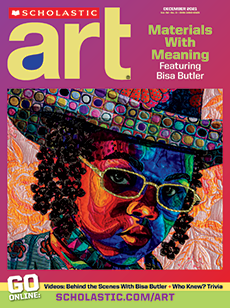EK: I start with our delivery date, and then I work backward to make sure we’re making our deadlines. Once I have that in place, I schedule the shoot with the models, who are typically professionals within the featured sport. After everything’s been shot and processed, I work in the editing room and really pull out the storyline. I’ll go through the interviews to find the best talking points. Then I’ll go back into the footage and start putting the pieces together. I usually present the company with a rough cut, and we go back and forth with new edits a few times before the final delivery. It’s a long process, but it’s fun.
